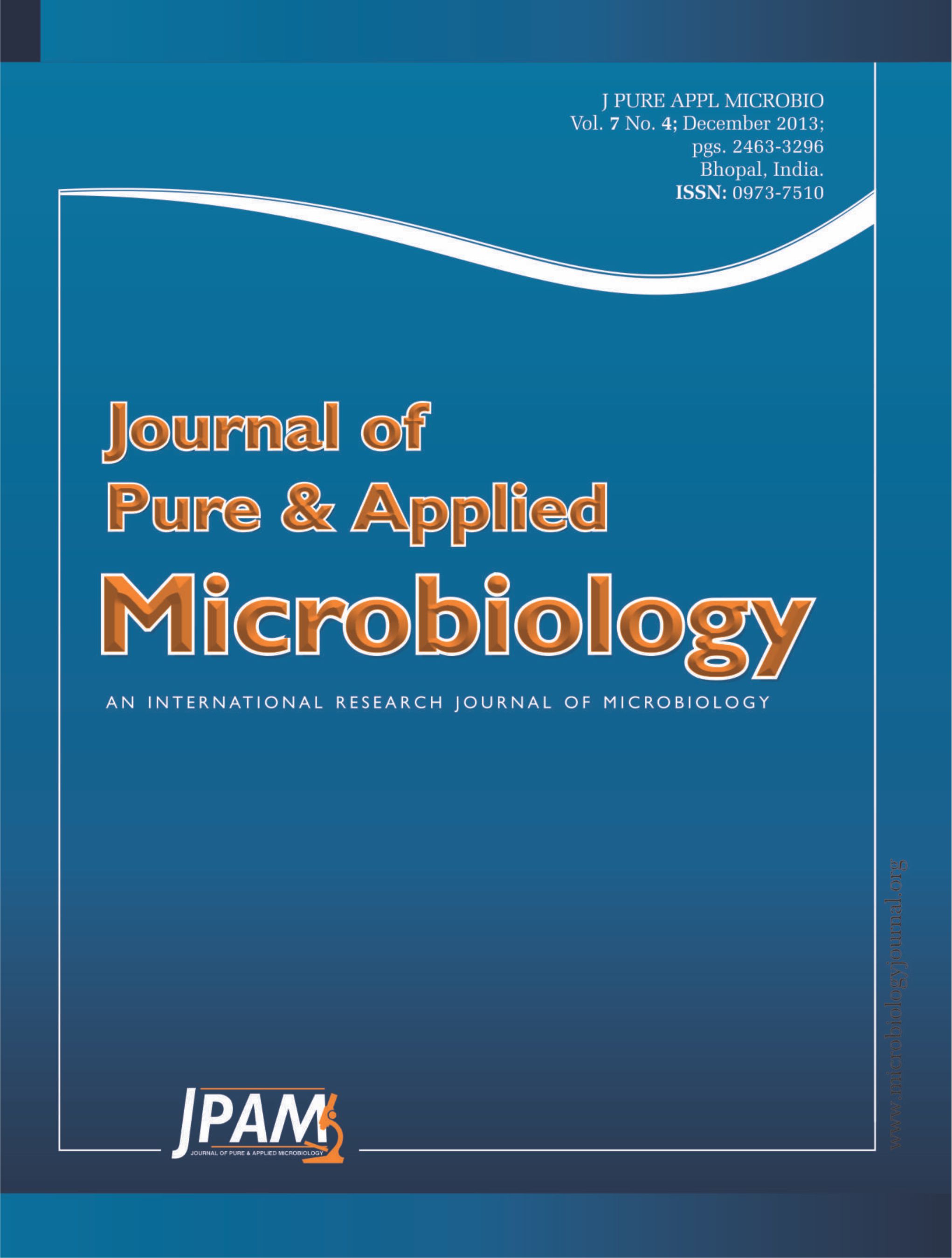Xanthomonas oryzae pv. Oryzae is the most devastating pathogen to rice and has been shown to cause bacterial blight, which has been reported as one of the most destructive diseases of rice. The effect of antibiotics from a strain of Micromonospora carbonacea on the morphology and protein synthesis of X. oryzae pv. Oryzae were studied in this paper, and the objective of the study is to reveal the functional mechanism of the antibiotics against X. oryzae pv. Oryzae. The results showed that, In the role of antibiotics from M. carbonacea, the cell Gram staining reaction remained unchanged, but the cell morphology changed from the rod into long filamentous, and the cell protein content of X. oryzae pv. Oryzae decreased with the increase the concentration of antibiotics, combined with that the protein synthesis be inhibited by antibiotics in cell-free protein expression system, the antibacterial mechanism for antibiotics from M. carbonacea against X. oryzae pv. oryzae, can be deduced to inhibit the synthesis of cell protein, and then the cell division. The study may lay a theoretical foundation for development of a new agricultural antibiotics against X. oryzae pv. Oryzae.
Micromonospora carbonacea, Antibiotics, Xanthomonas oryzae pv. oryzae, Antibacterial mechanism
© The Author(s) 2013. Open Access. This article is distributed under the terms of the Creative Commons Attribution 4.0 International License which permits unrestricted use, sharing, distribution, and reproduction in any medium, provided you give appropriate credit to the original author(s) and the source, provide a link to the Creative Commons license, and indicate if changes were made.


